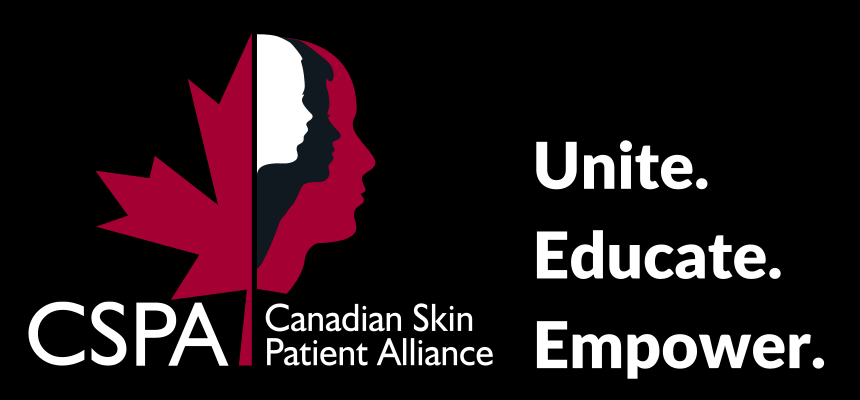Rosacea can range from mild to severe, and every person’s experience is different. Although rosacea can sometimes look similar to acne (and is often misdiagnosed as acne vulgaris or seborrhoeic dermatitis), they are completely different conditions. Unlike acne, rosacea is systemic, meaning it affects the whole body and can cause internal, as well as external, symptoms, which can include:
- Skin redness, usually in the centre of the face, covering the cheeks, nose, forehead and chin (common in erythematotelangiectatic rosacea)
- Dry, thick or scaly skin
- Pimples, which can be inflamed, hard, red or filled with pus (common in papulopustular rosacea)
- Red lines, called telangiectasia, which appear when small blood vessels get larger and show through the skin (common in erythematotelangiectatic rosacea)
- Knobby bumps on the nose and eventual enlargement of the nose due to excess tissue build-up (common in phymatous rosacea)
- Eye inflammation, resulting in swollen eyelids, styes, burning, stinging or irritation and a watery or bloodshot appearance (common in ocular rosacea)
- Vascular dysfunction, such as hypoxemia (an inadequate supply of oxygen to the blood) in the face, extremities and bowels
If you experience any of these symptoms, visit your doctor as soon as possible. Treating rosacea early on is the key to effectively controlling this condition.











